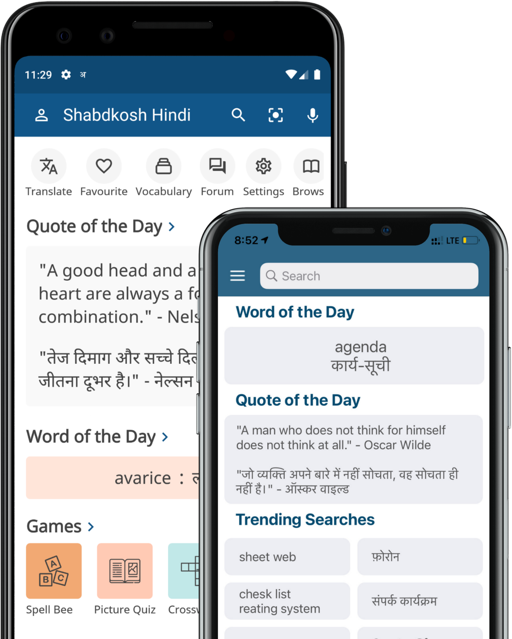Using simple present tense
Simple present tenses are one of the first tenses we all learn in school. Knowing how to use these tenses is more important in spoken English.

The simple present tense is one of the first topics in grammar that is introduced to students learning English. A simple present tense is used to describe actions that we see and do in our day to day life. Simple present tense is also used to describe habits, unchanging situations or arrangements. These are very easy to form and are the basics of English grammar.
How to form the simple present
In the simple present, most verbs use their original form, except for the third person singular.
For example:
First person singular: I write.
Second person singular: You write.
Third person singular: He/She/It writes.
First person plural: We write.
Second person plural: You write.
Third person plural: They write.
For some verbs, the third person singular ends with an -es. This only happens when the root word verb ends with o, ss, ch, z, gh and sh.
For example:
First person singular: I teach.
Second person singular: You teach.
Third person singular: He/She/It teaches.
First person plural: We teach.
Second person plural: You teach.
Third person plural: They teach.
Negative form of simple present:
Being the easiest forms of tenses, the negative forms of this tense are also easy to understand. By following a simple equation, it is easy to understand and form the negative form of simple present tense.
do/does + not + root form of verb
Contractions like doesn’t and don’t can be used instead of does not and do not.
Asking questions in simple present tense:
We use do or does to make questions using a simple present tense. Do and does are used only when the questions begin with where, what and when. But questions with who often does not use do and does.
Try to practice these points and use them while writing and speaking.
Related Articles












